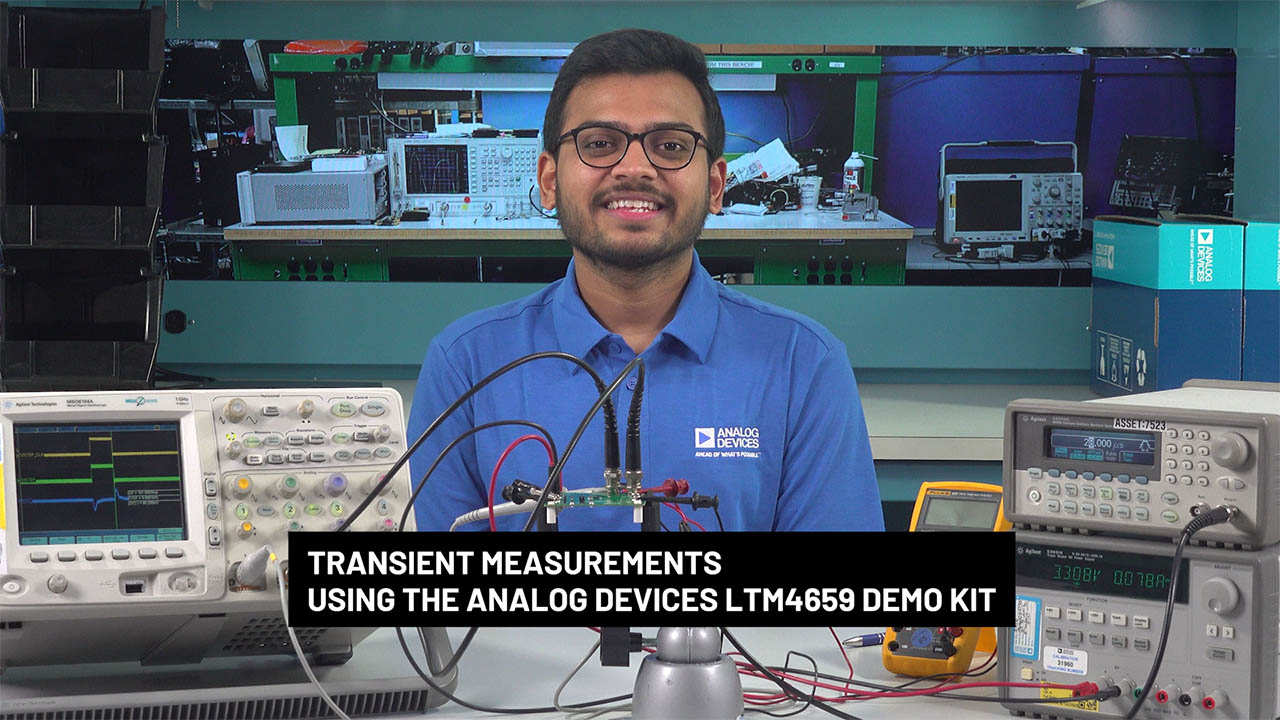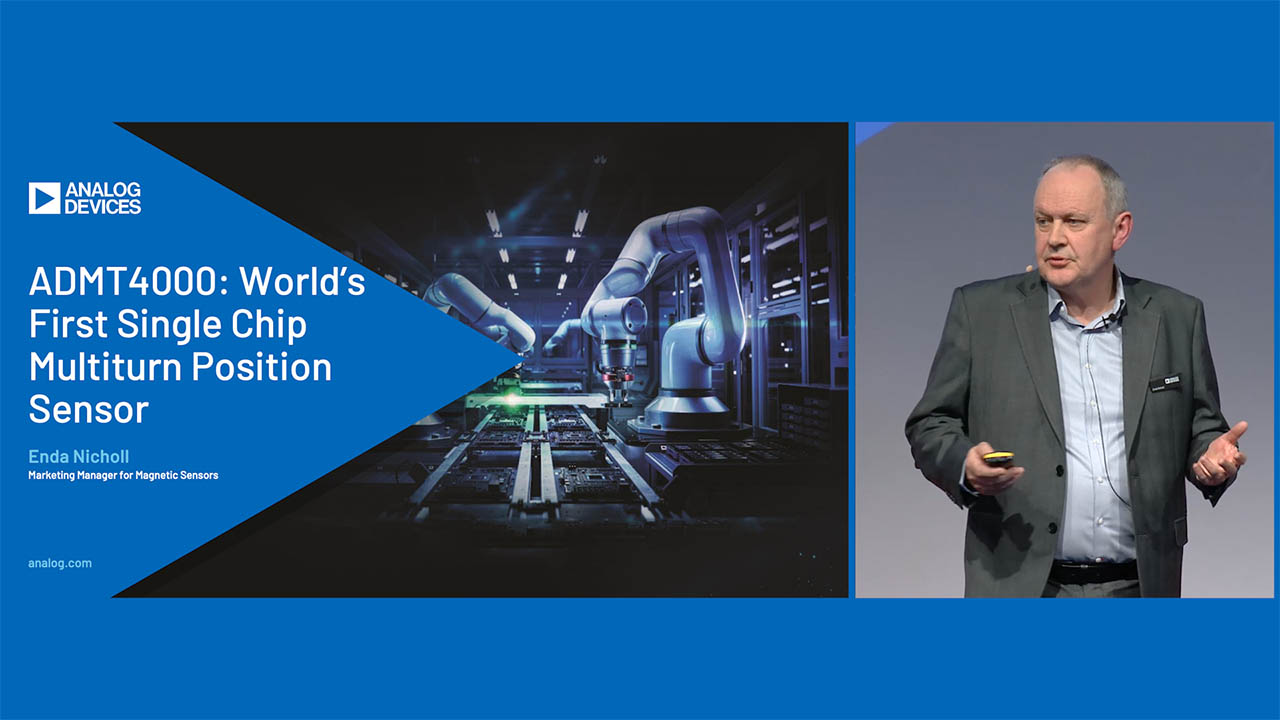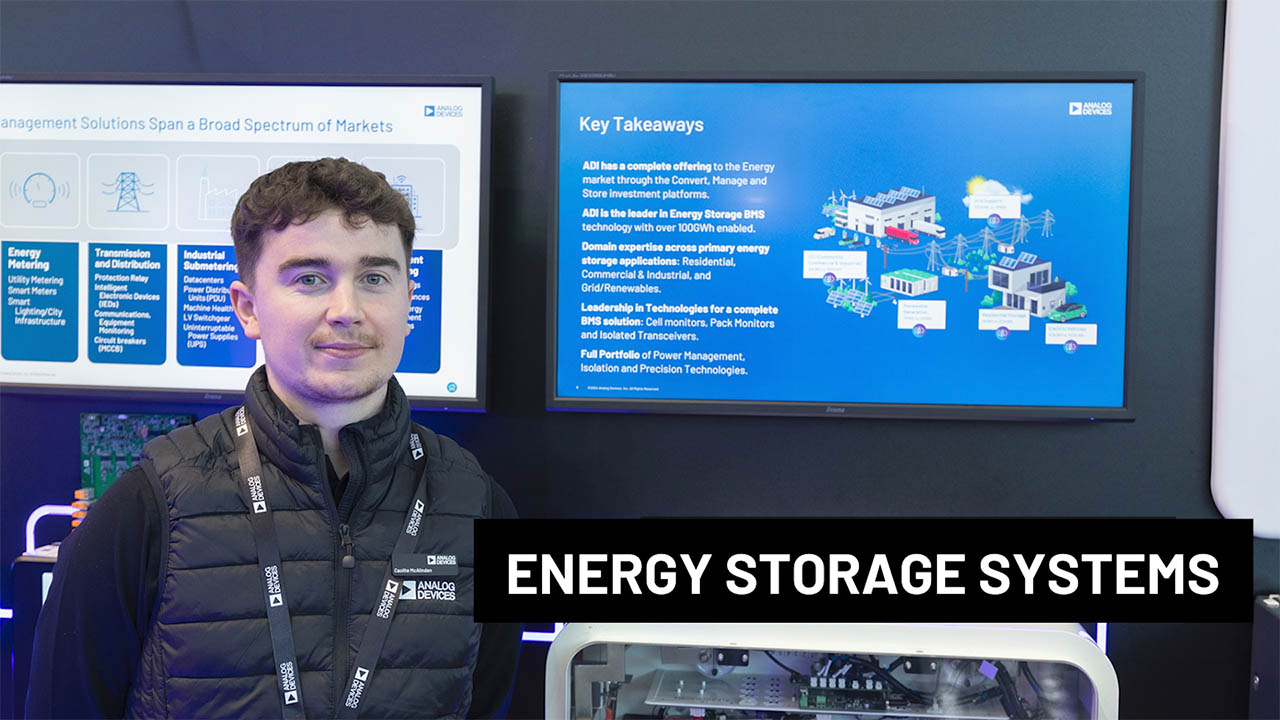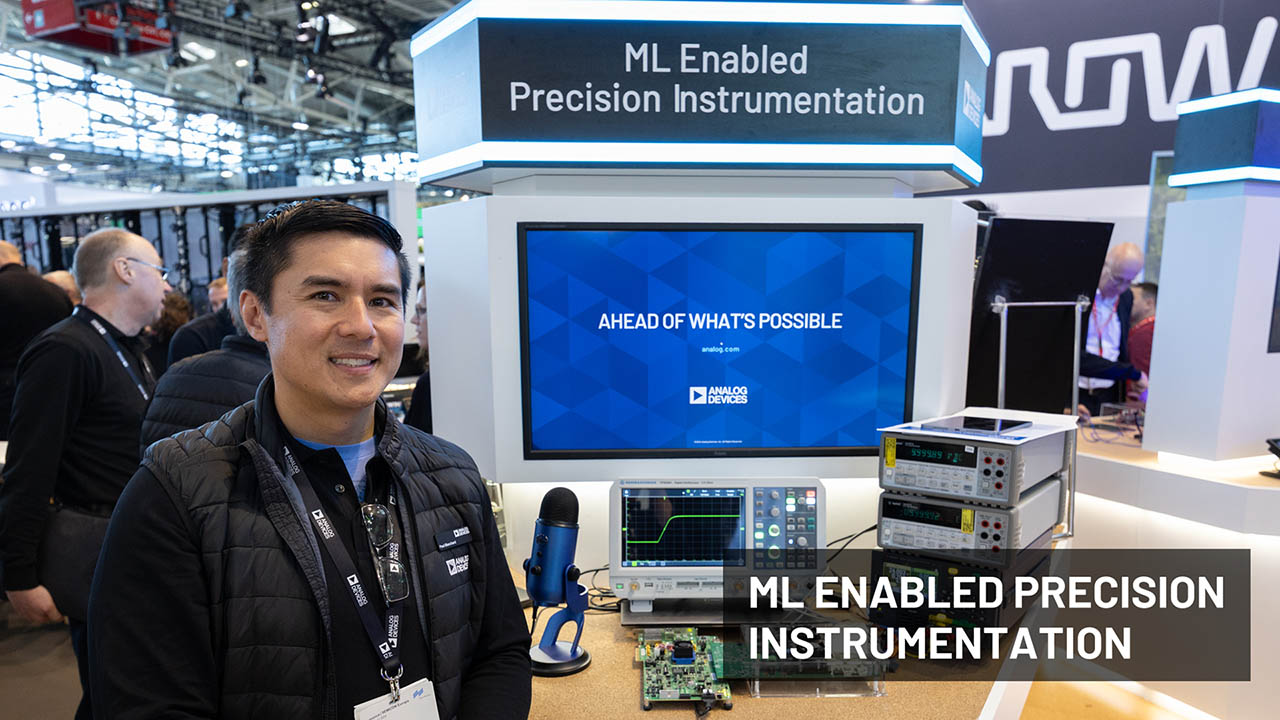DirectDrive® Technology Enables 2VRMS Audio Line Driver from a Single 3.3V Supply
Abstract
Maxim's DirectDrive technology is compared to conventional single-supply audio line drivers. The advantages of the DirectDrive architecture are described, particularly for set-top box and cable modem applications
Conventional single-supply audio line drivers typically require a 9V to 12V supply in order to generate a 2VRMS output signal. The higher voltage supply increases system size, cost, and complexity. Maxim's DirectDrive technology eliminates the need for a high voltage supply and the need for large DC-blocking capacitors. The MAX9724 incorporates the DirectDrive architecture and operates from a single 3.3V supply, providing the 2VRMS output signal into a 10kΩ load necessary for audio line-driver applications.
The DirectDrive Advantage
Maxim's DirectDrive technology uses a charge pump to invert the positive supply, creating an internal negative supply voltage, while allowing the amplifier outputs to be biased about ground. This unique architecture almost doubles the dynamic range of the amplifier (Figure 1).

Figure 1. Conventional amplifier output waveform vs. Maxim's DirectDrive output waveform.
Conventional single-supply headphone amplifiers have their outputs biased at a nominal DC voltage (typically half the supply) for maximum dynamic range. Large value coupling capacitors are, moreover, needed to block this DC bias from the headphone. Without these capacitors, a significant amount of DC current flows to the headphone, resulting in unnecessary power dissipation and possible damage to both the headphone and the headphone amplifier.
In contrast, DirectDrive technology eliminates the DC component and removes the need for large DC-blocking capacitors. Instead of two large tantalum capacitors, a charge pump requires two small ceramic capacitors. This technology saves board space, reduces cost, and improves the frequency response of the headphone amplifier.
The MAX9724 Solution
The MAX9724's charge pump utilizes DirectDrive technology to create an internal -3.3V supply when operating from a single 3.3V supply. Thus, the power amplifiers are driven by ±3.3V, allowing each output of the MAX9724 to swing > 6V peak-to-peak.

Figure 2. MAX9724 typical application circuit.
The MAX9724 can easily deliver 2VRMS from a single 3.3V supply in typical audio line-driver applications. The MAX9724 evaluation kit (EV kit) was used to test this application circuit, which yielded the THD+N (total-harmonic-distortion-plus-noise) curves outlined in Figure 3. The MAX9724 can deliver 2VRMS into a 10kΩ load at 0.0016% THD+N.

Figure 3. MAX9724 THD+N vs. output voltage.
Maxim's DirectDrive technology offers improved performance at reduced system cost and size. Set-top-box and cable modem applications can operate from a single 3.3V supply, while the MAX9724 provides a 2VRMS output signal into a 10kΩ load. Additionally, the MAX9724 is an appropriate choice for solutions requiring 2nd-order lowpass filtering at the line-out amplifier.
Related to this Article
{{modalTitle}}
{{modalDescription}}
{{dropdownTitle}}
- {{defaultSelectedText}} {{#each projectNames}}
- {{name}} {{/each}} {{#if newProjectText}}
-
{{newProjectText}}
{{/if}}
{{newProjectTitle}}
{{projectNameErrorText}}



















